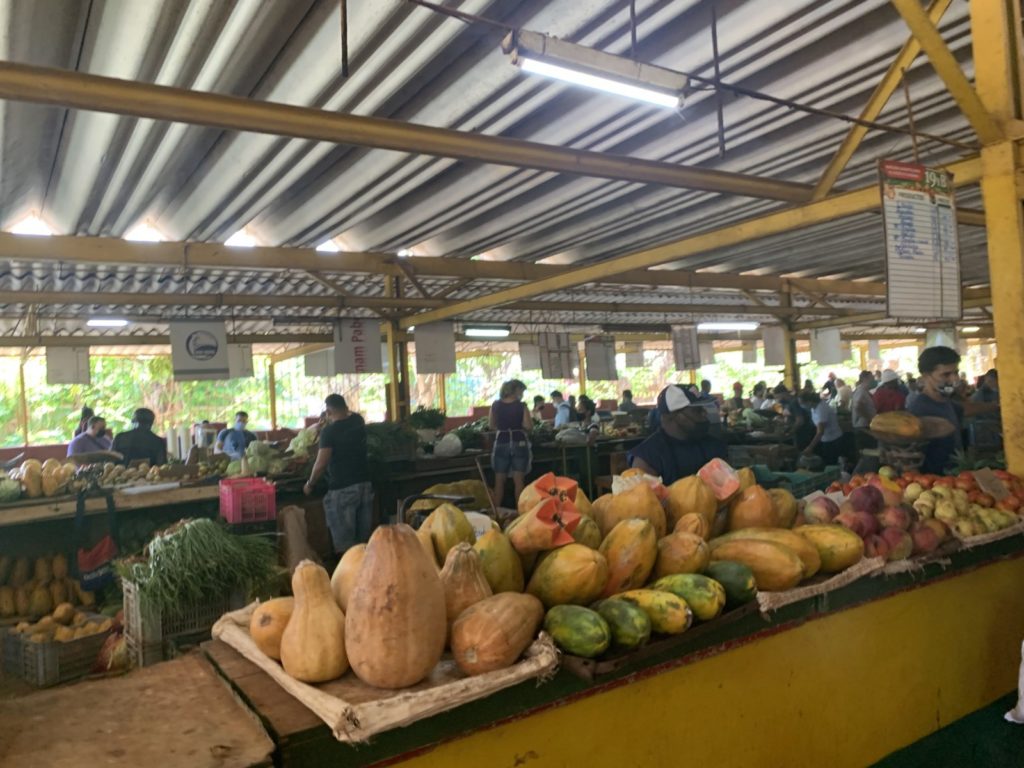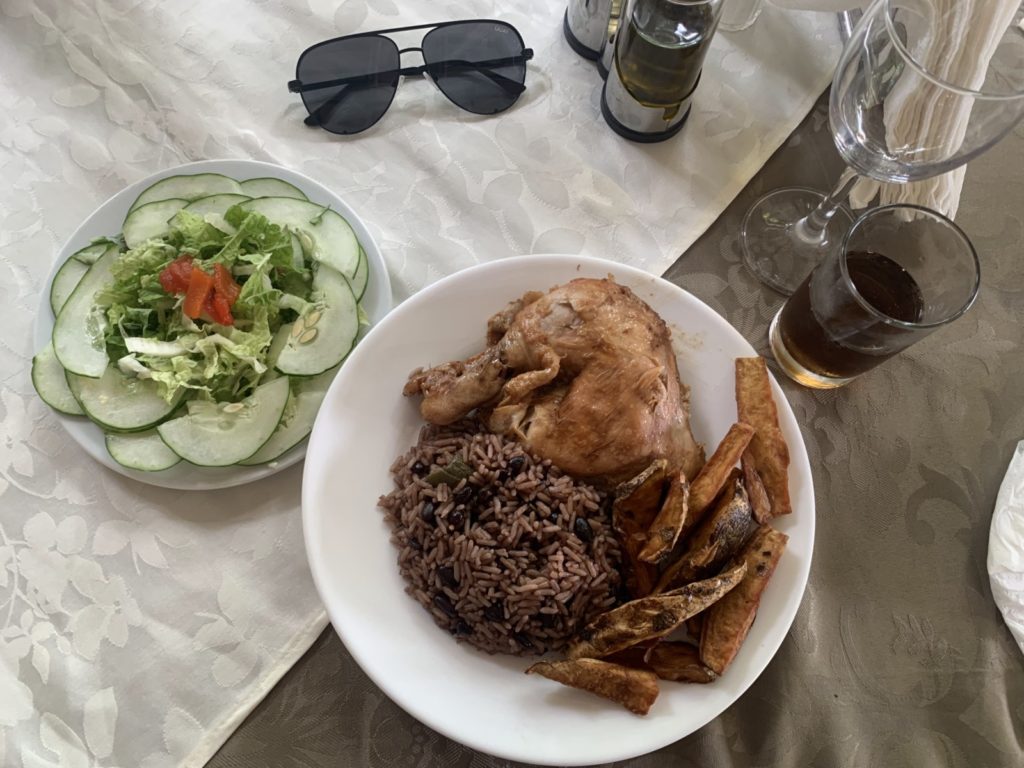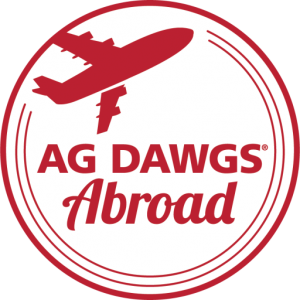As we toured farms that grew crops like coffee, mangos, sweet potatoes, and tobacco, the workers explained how they are required by contract to give a percentage of their harvest to the state, but that they are able to do what they wanted with the rest. We were also told that the state is trying to promote a system of local food production. We saw this at the vegetarian restaurant, Camino al Sol, where the owners created unique dishes using ingredients either grown by them or sourced locally. Several other restaurants that we visited in Cuba used ingredients obtained directly from their own farms!
After touring the markets and bodegas of Havana, it became apparent how difficult it is for a typical Cuban to obtain food. Some markets contained a variety of fruits, vegetables, and meats; however, the prices were so high that only the wealthier members of society could afford to shop there. Another concept that was completely new to me, was the MLC stores where Cubans can shop using a credit card that they could only load with foreign currency, mainly euros. These stores had a much greater variety of products compared to the bodegas. At a bodega, Cubans can use their ration cards to get basic items like chicken, eggs, rice, beans, and soap.
Our meals were very similar from day to day. They usually consisted of rice, beans, chicken or pork, plantains, cassava, sweet potatoes, and coffee. Sometimes there would be small amounts of fruits and vegetables included, but it wasn’t common. The rice was often combined with beans to create a dish named congrí. Several of the farms we visited grew sugarcane, and I noticed that many of the foods we tried were very sweet tasting. Our guides later explained that sweets are very popular amongst Cubans!


